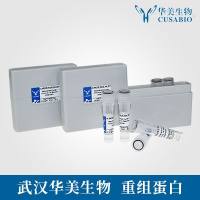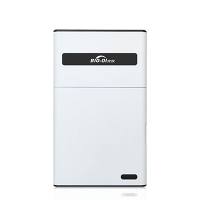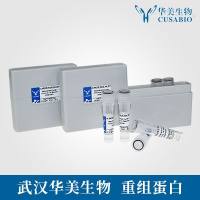Embryo/Fetal Topographical Analysis by Fluorescence Microscopy and Confocal Laser Scanning Microscopy
For topographical (surface) analysis of developing embryos, investigators typically rely on scanning electron microscopy (SEM) to provide the surface detail not attainable with light microscopy. Although it provides beautiful surface detail, SEM is an expensive and time-consuming technique, and the preparation procedure may alter the morphology of the specimen. SEM sample preparation techniques of fixation, dehydration, critical point drying, mounting, and coating may not only introduce artifacts but also make the tissue friable and difficult to position. As a rapid, simple, and economical alternative, it is possible to use fluorescent staining with acridine orange (AO) (see Notes 1 and 2 ) of fresh or fixed rodent embryonic tissues, combined with either a confocal or standard fluorescence microscope to visualize the surface images of embryonic/fetal structures (1 ). In addition, the use of confocal microscopy provides better resolution and depth of field. However, inexpensive low-power objectives can be used, as they yield a good depth of field of the topographical surface. With both the epifluorescence and the confocal microscopes, we have used the fluorochrome, AO, to obtain surface images of fresh or fixed rodent embryos. For low-magnification applications, this technique provides images rivaling SEM at a great reduction in cost, time, and effort. Many of the difficulties introduced by the SEM technique are eliminated by this AO procedure (see Note 3 ).
![预览]()






